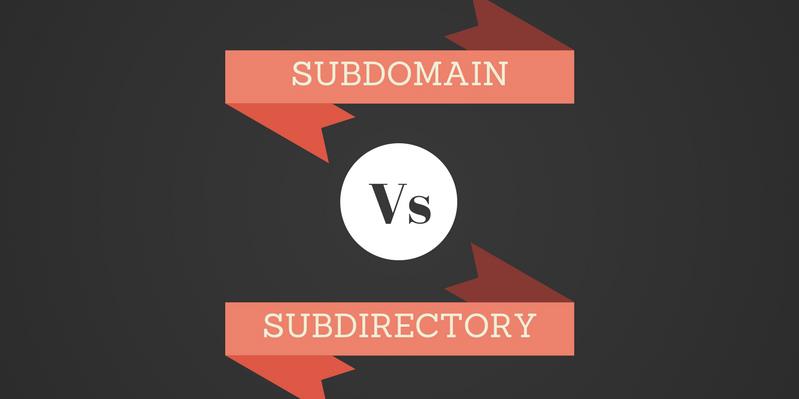In the world of website architecture and search engine optimization (SEO), there has been a long-standing debate on whether to use Subdomain Vs Subdirectory or organizing content.
Actually, both options have their advantages and disadvantages. And, choosing the right one for your website can have a significant impact on your SEO success.
In this blog, we’ll explore the differences between subdomains and subdirectories. Also, we help you determine which one is better for your specific needs. So, let’s dive in!
What Are Subdomain And Subdirectory?
In the olden days of the internet, a single server could handle a bunch of different services, and they would each have their own subdomain.
System administrators would often use subdomains to host additional services like email servers or filesystem access.
In today’s digital landscape, it’s crucial to use subdomains to organize your services. This technique allows you to keep separate services organized, while still under the umbrella of the main domain.
For example, if you have multiple websites owned by the same brand, you could use subdomains to separate them.
On the other hand, subdirectories, also called “subfolders,” were originally used to allow users to navigate a website according to the file structure of the server hosting the website.
While this is no longer necessary because most websites store their content in a database. And, they display it to users through a content management system, organizing URLs like a directory is still useful.
Why? Because they give your users a sense of orientation on your website, guiding them to understand “where” they are. Not only that but also communicate that the content on a specific URL is closely tied to the subdomain they’re on.
For example, if you have a blog post with the URL “www.brand.com/blog/guides/5-best-tourist-places,” a user could infer that this URL goes to a blog post in the Guides category about tourist places.
So, is there a big difference between putting “blog” at the beginning of a URL instead of the end? It’s subtle, but it can affect your website’s organization and SEO.
Just remember to use subdomains for separate services and subdirectories for related content.
Read More- 9 Plugins to Improve Your Blog’s Usability & SEO
What Are The Main Differences Between Subdomain Vs Subdirectory?
Let’s talk about the main differences between the subdomains and subdirectories, and why they’re important for your website.
Now, when it comes to subdirectories, think of them like a file cabinet with different folders.
All the folders are stored in the same cabinet, but they have different info. So, with a subdirectory hierarchy, the root domain URL is followed by the subdirectory.
On the other hand, subdomains are like separate websites with their own content management, analytics, and so on. So, each subdomain has its own domain, and all are on the same level.
Subdomains are often used for blog sites, mobile sites, international websites, eCommerce sites, and different types of forms.
So, subdomains and subdirectories are different because a subdirectory is just another page on a website, whereas a subdomain is like a whole separate website on its own.
And remember, a subdirectory will always be placed after the main domain URL (Brandname.com/blog), while a subdomain will always be placed before the main domain URL (blog.brandname.com).
Hope that clears things up for you!
How Do Subdomains And Subdirectories Affect SEO?
Now, let’s talk about subdomains and subdirectories and how they affect SEO. This is a hot topic in the SEO community.
Some experts believe that subdomains can confuse Google’s crawlers and harm your rankings.
But others say that Google is smart enough to recognize subdomains as extensions of your main domain.
According to Google themselves, subdomains and subdirectories are treated the same way when it comes to crawling, indexing, and ranking.
So, it seems that using Subdomain Vs Subdirectory shouldn’t make a huge impact on your SEO.
However, some SEO pros argue that subdomains don’t share link authority with the root domain, and this can hurt your SEO efforts.
Alternatively, some SEO experts believe that subdomains can improve user experience and engagement rates, leading to better SEO.
So, overall, if you have a large corporation with subdomains serving different purposes, then using subdomains makes sense.
Another benefit of subdomains is building niche authority.
For example, if you want your blog to have its own identity, detached from your primary product or service, using a subdomain is a smart move that can help you achieve that.
However, if your site doesn’t have extensive verticals on your navigation, using subdirectories instead of subdomains may be the way to go. Ultimately, it all depends on your specific situation and goals.
Read More- What is Performance Marketing And The Best Ways To Use It To Grow Your Business?




